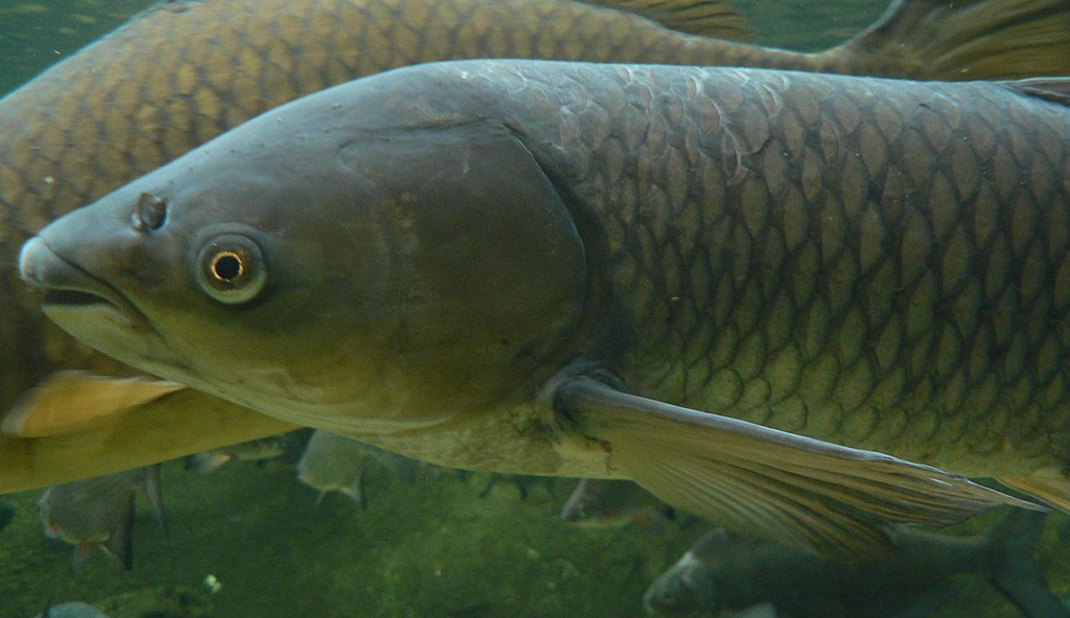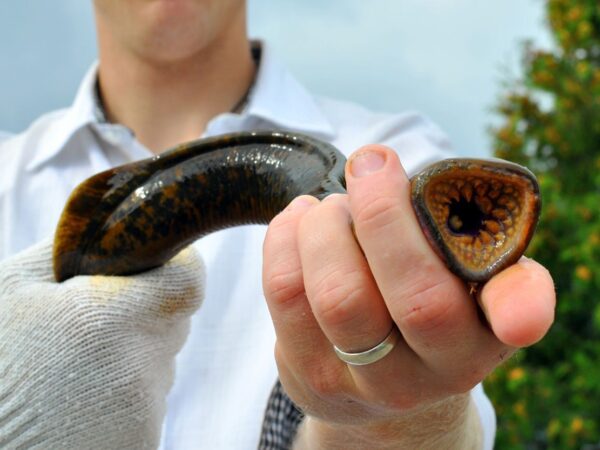
By Elizabeth Miller from Great Lakes Today
Researchers recently announced the discovery of over 7,000 grass carp eggs in a Lake Erie tributary. The good news? This isn’t the Asian carp species we’re trying to prevent from entering the Great Lakes. The bad news? Grass carp pose a different threat.
Audio PlayerAsian carp is a catch-all term for four different species of invasive carp: black, grass, silver, and bighead.
Silver and bighead carp eat plankton that native fish need to survive.
Grass carp feed on vegetation, and Nicole King at the University of Toledo’s Lake Erie Center says that could be dangerous for wetland restoration.
“Wetlands are a really important habitat for lots of different fish, birds, reptiles, and amphibians,” King says. “If these grass carp reach high enough numbers, they could potentially have some serious effects on these wetlands.”
King is part of a multi-agency effort focused on managing the grass carp in Ohio’s Sandusky River. Organizations in Michigan, Ohio and Canada are involved.
Rich Carter of the Ohio Division of Wildlife says that in addition to removing grass carp eggs, they’re learning about the life history of the species.
“We’re looking at not only where they’re spawning and what conditions trigger spawning, but we’re also looking at opportunities to capture the fish,” he says.
Carter says they used electrical currents in the water to stun fish and nets to capture them.
Unlike efforts to prevent silver and bighead carp from reaching the Great Lakes, this plan is designed to limit grass carp. “It’s really an issue of potential to manage this species that’s been in the system for what we know is a number of years and reproducing in the system,” Carter says.
King says grass carp have been found in the watershed of every Great Lake except for Lake Superior.




